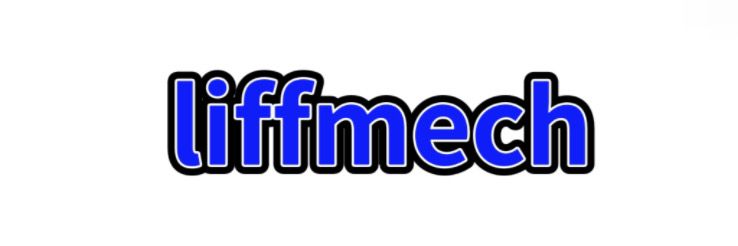Top Strategies for Successful Oilfield Well Interventions
Nov. 06, 2025
In the ever-evolving landscape of the oil and gas industry, the significance of effective well intervention strategies cannot be overstated. Well interventions are critical processes that enhance oil recovery, improve well performance, and extend the life of oilfield operations. As a seasoned buyer engaging in international trade in this sector, understanding the current purchasing situation and strategies for successful oilfield well interventions is essential for driving efficiency and profitability.
Are you interested in learning more about Oilfield Well Intervention? Contact us today to secure an expert consultation!
The global oil market has undergone significant changes in recent years. Fluctuating oil prices, geopolitical tensions, and the swift transition toward renewable energy sources have influenced how oilfield activities are managed. Companies are increasingly focusing their budgets on technologies and services that can optimize production and reduce downtime. Consequently, the demand for specialized equipment and skilled labor in oilfield well interventions has surged. Buyers must navigate these dynamics carefully to make informed purchasing decisions.
The first strategy for successful oilfield well interventions is maintaining strong relationships with suppliers. Long-term partnerships with equipment manufacturers, service providers, and logistics companies can streamline procurement processes and ensure timely access to quality products and services. By fostering these relationships, buyers can negotiate favorable terms, gain insight into emerging technologies, and share knowledge that contributes to improved operational efficiency.
Another essential aspect is conducting thorough market research to stay abreast of technological advancements. The oilfield services sector is driven by innovation, with new equipment and techniques frequently entering the market. Buyers should keep an eye on developments in predictive analytics, automation, and eco-friendly technologies that enhance well intervention procedures. Leveraging these advancements can significantly reduce operational costs and improve production rates.
Moreover, understanding the specific needs of each oilfield is crucial. Every well is unique, with distinct geological challenges and production histories. Therefore, buyers must engage closely with engineers and field personnel to assess the specific requirements of each intervention project. Tailoring procurement strategies to align with these unique requirements not only enhances intervention success rates but also optimizes spending.
If you want to learn more, please visit our website Wireline Pressure Control Equipment.
Cost management plays a pivotal role in successful interventions. Given the volatility of oil prices, companies are under pressure to manage costs effectively without compromising safety or quality. Buyers should consider value-based purchasing, which focuses on the total cost of ownership rather than merely the upfront price. This approach entails evaluating the long-term benefits of equipment and services, including maintenance, efficiency, and potential production increases. Such an analysis can lead to smarter investment decisions.
Furthermore, safety should always be a priority. The oil and gas industry operates within a rigorous safety framework, and any faults or oversights during well interventions can lead to catastrophic outcomes. Buyers must prioritize purchasing equipment and services from suppliers that demonstrate a commitment to safety standards and best practices. This includes reviewing safety records, certifications, and compliance with industry regulations to ensure that all interventions proceed without unnecessary risks.
Training and skill development for personnel cannot be overstated. The complexity of well interventions often requires both seasoned professionals and new talent with fresh perspectives. Investing in training programs for workers not only enhances the proficiency of operations but also encourages a culture of safety and innovation within teams. Buyers should advocate for training initiatives from suppliers, including workshops and onsite training sessions, to elevate the skill set of their teams.
Finally, leveraging local market knowledge can provide a significant advantage. Engaging with local suppliers or service providers who understand the regional challenges and opportunities can enhance operational efficiencies and reduce lead times for procurement. Local partnerships can also foster better communication and collaboration during intervention projects.
In conclusion, thriving in oilfield well interventions amidst the challenges posed by the current market environment requires strategic procurement approaches. By prioritizing supplier relationships, embracing technological advancements, understanding specific field needs, managing costs wisely, ensuring safety, investing in personnel training, and leveraging local knowledge, buyers can ensure successful interventions that contribute to sustained operational excellence.
Contact us to discuss your requirements of Advanced Wireline Pressure Technology. Our experienced sales team can help you identify the options that best suit your needs.
13
0
0


Comments
All Comments (0)